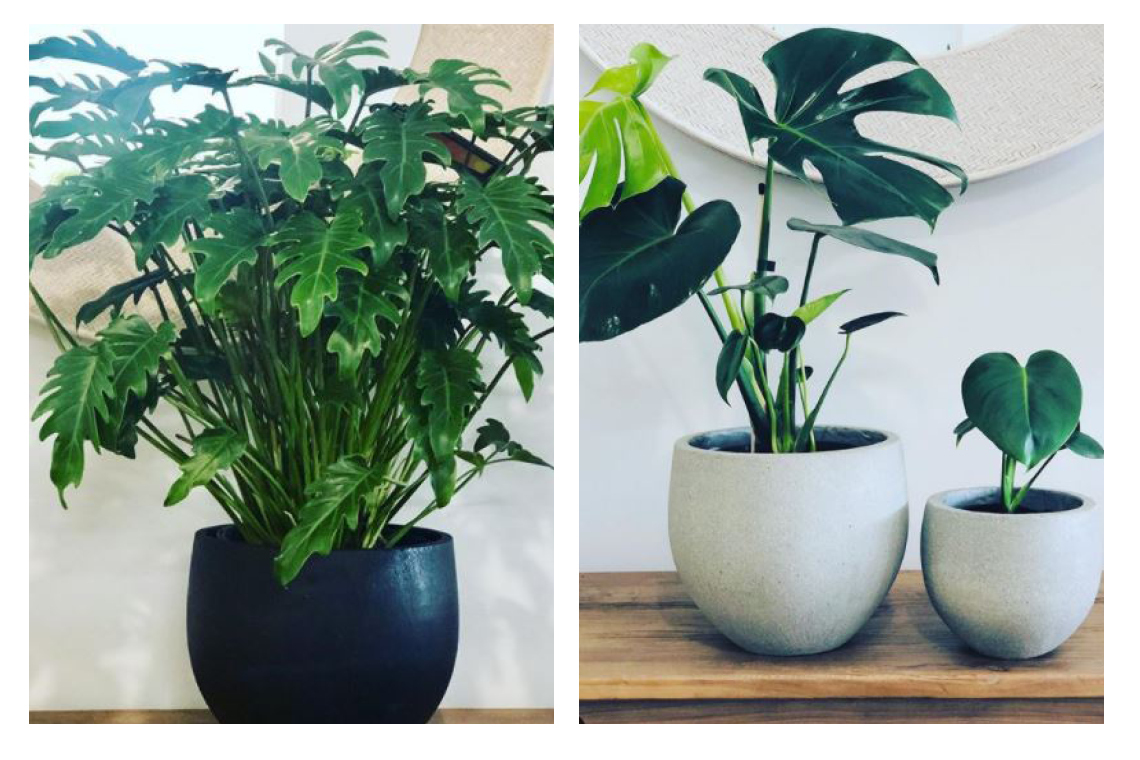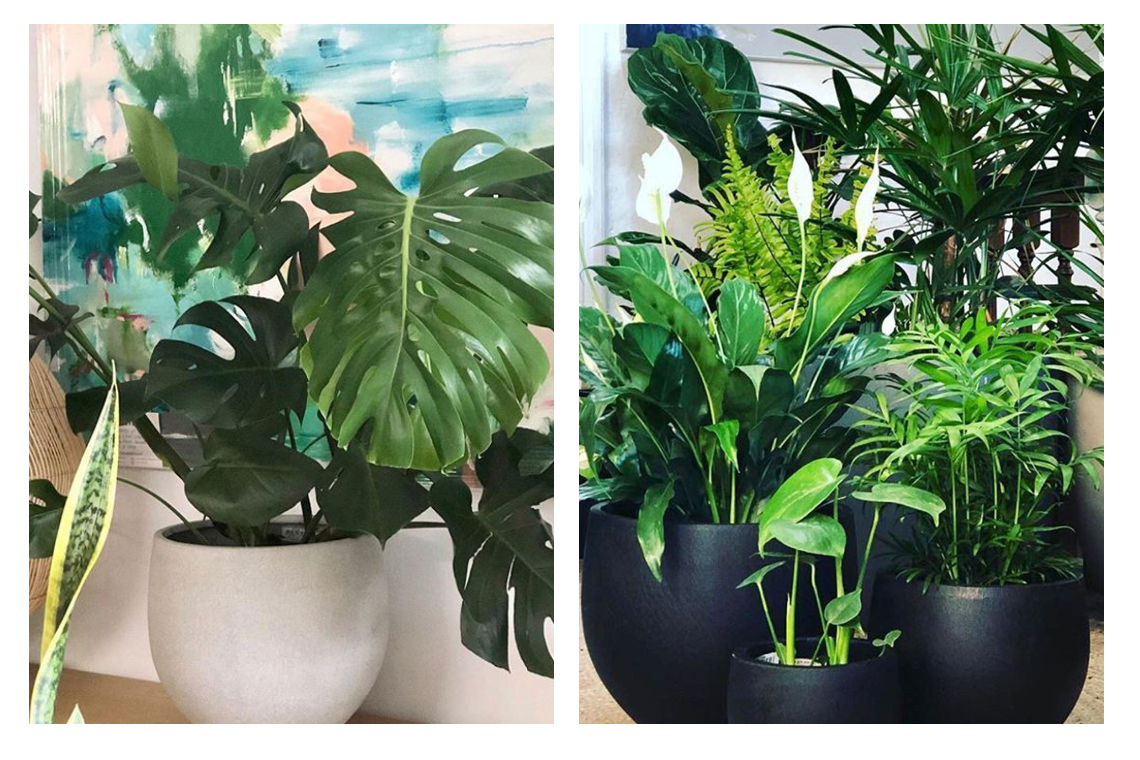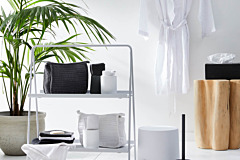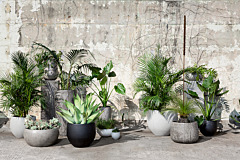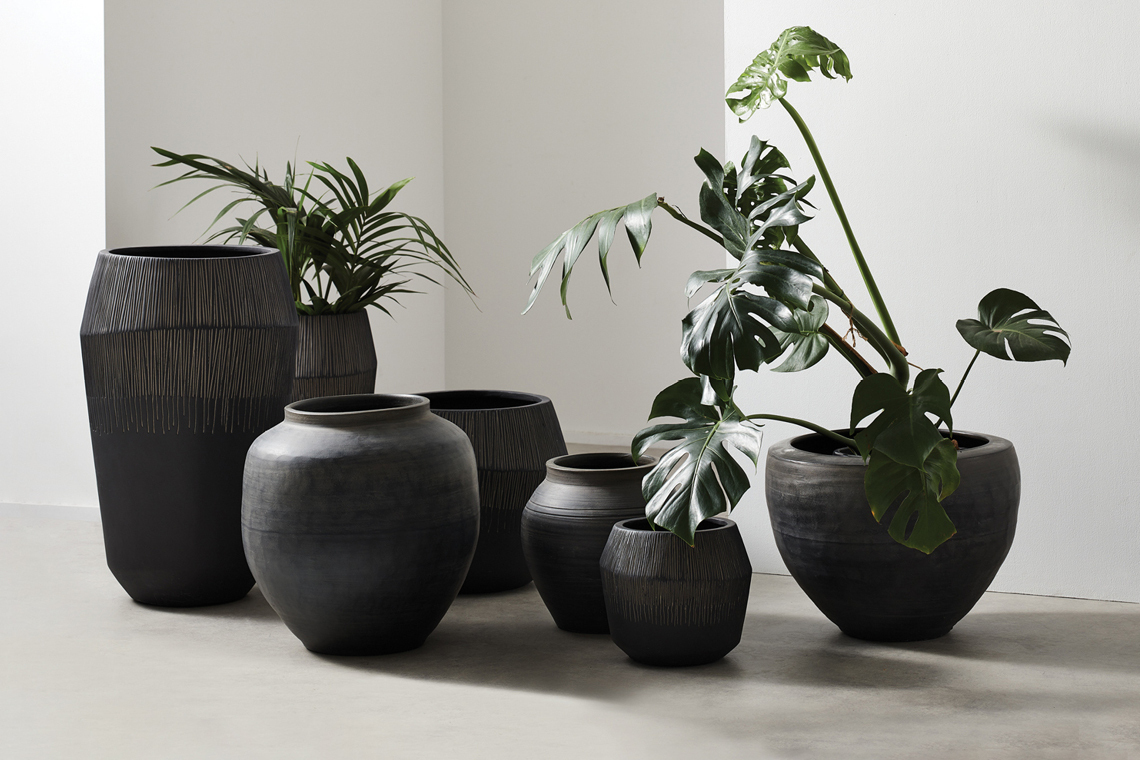
Feel nurtured surrounded by nature? Us too. Aside from the obvious aesthetic benefits of plants at home, they can also clean the air you breathe. Here are our top five air-purifying plants.
We spoke to Kirrily of SUCI in South Australia, for some top tips on enjoying and caring for your plants.
MONSTERA DELICIOSA
Its large leaves make the Monstera a super houseplant for helping to rid toxins from the air.
Kirrily’s care tip: The Monstera Deliciosa is an easy-care indoor plant that thrives in bright indirect light, but not direct sunlight. Water every 1-2 weeks in the warmer months, allowing soil to almost dry out between waterings.
ENGLISH IVY
Easy to grow, this vine is a wonderful purifier. It’s perfect for a bathroom, as it has been found to combat mould.
Kirrily’s care tip: While it’s best to keep your Ivy in ample indirect light, English ivy can grow even in low-light conditions. Water when the top layer of soil is dry, taking care not to overdo it.
SPIDER PLANT
The long, pointed leaves grow extra tiny plants which can be repotted. Non-toxic to animals, it is perfect for papaya pets. It can also survive without water for a while - just in case you’re a bit forgetful with the watering can.
Kirrily’s care tip: Chlorophytum comosum is a great indoor plant that can adapt to a variety of conditions in your home. They prefer indirect light but can survive in lower light. Be careful not to overwater your spider plant as they do not have high water requirements.
PEACE LILY
This one is very popular in Australia. It helps remove ammonia from the air: another bathroom favourite. And we love the name.
Kirrily’s care tip: Spathiphyllum plants are one of the best indoor plants, as they don’t demand much light and care and they are great for improving air quality indoors. Watering your peace lily is best done by soaking from the bottom up. Generally your plant will droop if it needs water. Be aware they can be toxic to cats and dogs.
SNAKE PLANT
With sculptural leaves, the snake plant (also called mother-in-law’s tongue) releases oxygen overnight. And with all that oxygen you’ll drift off to the land of nod with ease.
Kirrily’s care tip: Sansevieria is one of the hardiest indoor plants. They prefer a well-lit room but they can also flourish in a low light environment. Make sure you allow the soil to almost dry out between watering. Over watering is a common issue with these plants and should be avoided.
